#ray finned fish
Text
Lobe finned versus ray finned fish

Short answer: ray finned fish evolved from from lobe finned fish
Long answer: Lobe finned fish were dominant for a long time in the waters before they climbed up onto land and evolved into you, dear reader. This occurred around 400 MYA (million years ago). Sometime before that, about 425 MYA, ray finned fishes had evolved, but remained relatively small. This was until the permian mass extinction (290-245 MYA), when many lobe finned fish died out, and ray finned fishes (teleosts) were left to flourish and evolve to fill the empty evolutionary niches. The only lobe finned fish left behind today are the elusive coelacanths and lungfish. ***AND*** as the awesome people in the notes would like me to add, all tetrapods (tetra meaning four, pod meaning foot) are phylogenetically lobe finned fishes as well. this means amphibians, reptiles, and mammals.
@marinebiologyshitposts @fuckyeahcoelacanths
#marine biology#lobe finned fish#ray finned fish#coelacanth#evolution#science#things ya should know#zoology#biology#ecology#animal facts#animals
1K notes
·
View notes
Text
Uncharismatic Fact of the Day
Often hailed as beautiful and powerful, lumpsucker fish have many talents; one important skill they lack, though, is swimming. Lumpsucker bodies are almost perfectly round, which isn't very hydrodynamic. On top of that, they lack a swim bladder-- an organ that other fish use to control their bouyancy. As a result, lumpsuckers spend most of their lives suctioned onto rocks or coral.
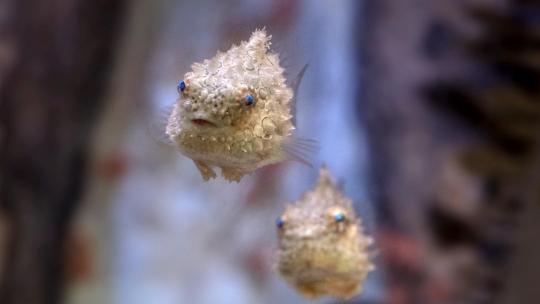
(Image: A pair of Pacific spiny lumpsickers (Eumicrotremus orbis) by the Shedd Aquarium)
If you like what I do, consider leaving a tip or buying me a ko-fi!
#pacific spiny lumpsucker#Scorpaeniformes#Cyclopteridae#lumpsuckers#ray finned fish#bony fish#fish#uncharismatic facts
474 notes
·
View notes
Text

first fish of the new year :)
#fish#gouache#painting#art#artists on tumblr#illustration#fish illustration#icthyology#mine#she sells sea shells by the sea shore#sea#ocean#marine#ray finned fish#flying fish#angelfish#mahi mahi#lionfish#mola mola#sunfish#clownfish#nemo#surgeonfish#dory#conger eel#eel#seaweed#sea shells#sea creatures
87 notes
·
View notes
Text
Coccodus
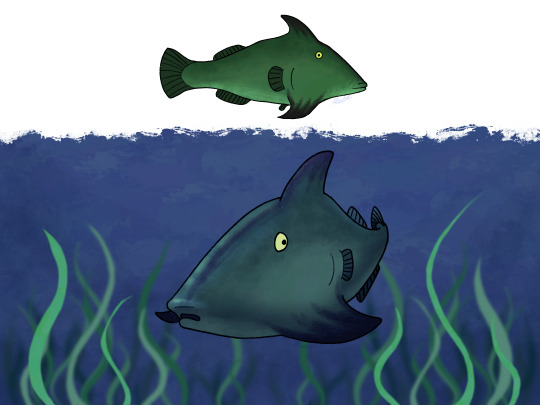
Coccodus was a genus of coccodontid fish from the Late Cretaceous Period. Its type species is C. armatus. Its second known species is C. insignis. C. armatus and C. insignis were found in the Hakel and Hajula Formations in Lebanon, respectively. Unlike most other pycnodontiform fish, which often had a short body, Coccodus has a relatively long body and somewhat resemble the distantly related chimaeras.
C. insignis was differentiated from the type species by its broader lateral spines and relatively short but anteroposteriorly broad occipital spine. A third species, "C." lindstroemi, was named alongside C. insignis, however, the assigned specimens were found to actually belong to the new species of Joinvillichthys lindstroemi, J. kriweti, and Pankowskichthys libanicus.
C. armatus is known from its holotype, which consists of most of the front half of its body. Notably, two large, curved spines are present where pectoral fins would be expected. C. insignis is very similar in shape, but is known from several different skeletons. The greater family Coccodontidae sits within Pycnodontiformes, an extinct order of bony fish. It also has two related families, Gladiopycnodontidae and Gebrayelichthyidae, with which it forms the superfamily Coccodontoidea.
Original papers: C. armatus, C. insignis, C. lindstroemi reassignment
Wikipedia article: Coccodus
#bony fish#ray finned fish#paleoart#paleontology#artwork#original art#human artist#coccodus#coccodontidae#pycnodontiformes#actinopterygii#osteichthyes#obscure fossil animals#obscure fossil fish#obscure fossil tetrapods
2 notes
·
View notes
Text
Sturgeon Sunday!!!!!!
30 notes
·
View notes
Text
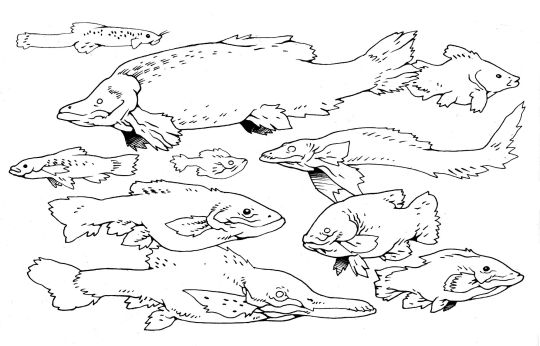
Ray-Finned Fishes
465 notes
·
View notes
Text
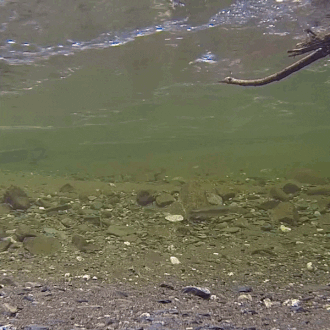
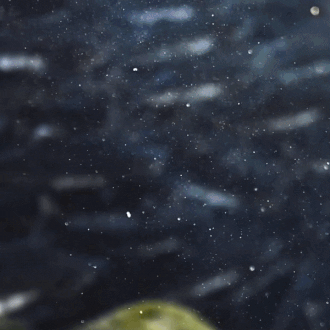
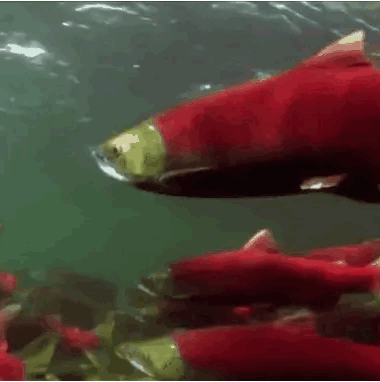
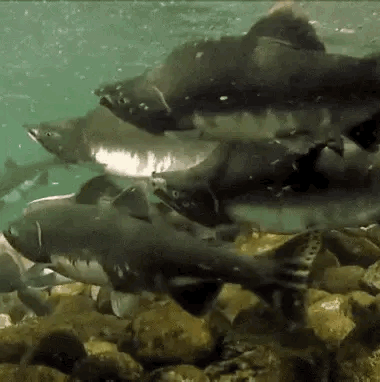
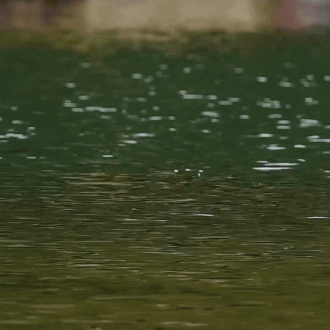
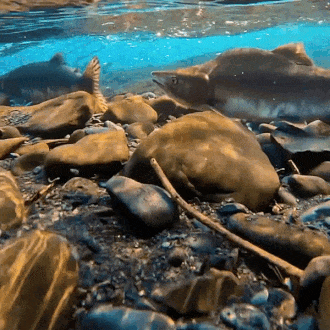
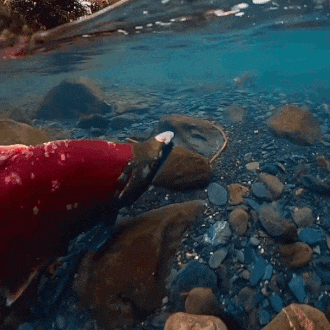
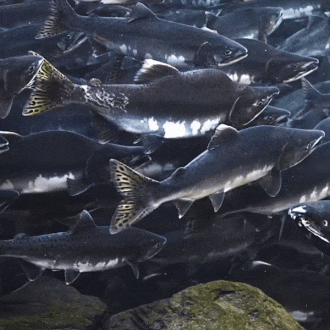
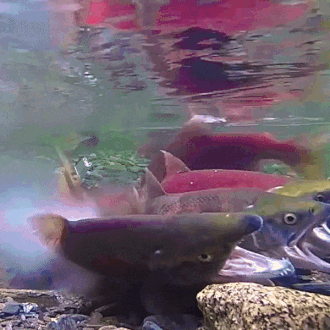
salmon for anon!
🐟-🌊-🐟 / 🌊-🐟-🌊 / 🐟-🌊-🐟
#stim#stimboard#salmon#fish#sfw#nature#red#gray#grey#blue#green#underwater#animals#water#sockeye salmon#freshwater fish#salmon run#rocks#euryhaline ray-finned fish#rivers#requests
900 notes
·
View notes
Note
coelacanth, what are your thoughts on Actinopterygii?

547 notes
·
View notes
Text
Daily fish fact #636
Ray-finned fish!
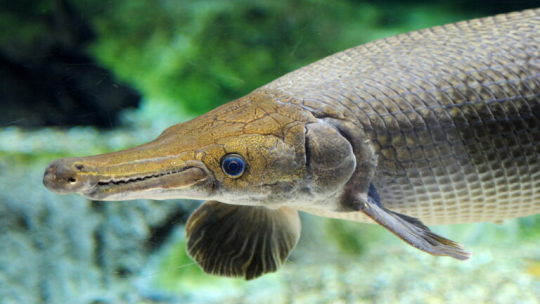
Ray-finned fishes (class Actinopterygii), also known as actinopterygians, are the most abundant group or vertebrates, as various estimates say the class is comprised of 25 000 - 32 000 species! Most are traditionally characterised by their fanlike fins, which are made of skin stretched out over bone spines. The biggest group inside of the ray-finned fishes are the teleosts, which make up about 99% of all ray-finned fish.
#i picked alligator gar as the picture because she looked polite#fish#fishfact#fish facts#fishblr#marine biology#biology#zoology#ray-finned fish
248 notes
·
View notes
Text
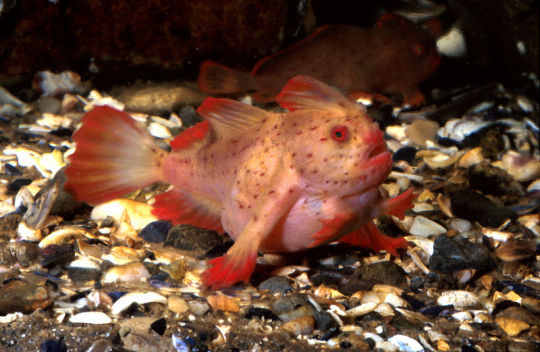
This charming little fellow is the red handfish (Thymichthys politus). These fish spend their days wandering around the seabed looking for crustaceans and worms to eat, all while looking like the traded their last braincells for a bag of chips.
Unfortunately there are currently less than 100 individuals in the wild and their natural range of coastal Tasmania, Australia has shrunk to only a few small reefs in Frederick Henry Bay.
#marine life#fish#marine animals#marine zoology#marine biology#australia#sea creatures#sea animals#endangered species#conservation#ray finned fishes
467 notes
·
View notes
Text
Uncharismatic Fact of the Day
Though they may look unassuming, brown trout are actually one of the most diverse vertebrates in the world! Populations and individuals can look wildly different from each other, to the point where many groups were often mislabeled as entirely separate species, and they have a remarkable ability to adapt to any environment. In fact, there is more genetic diversity between populations of British brown trout than there is between any population of the human race.
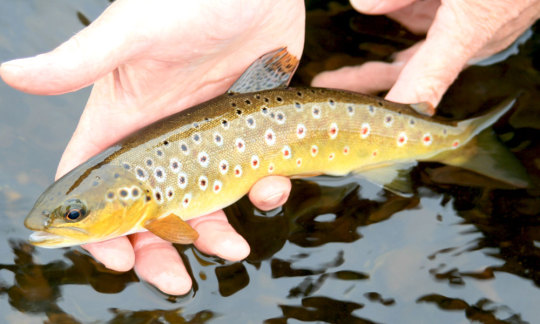


(Images: Three morphs of brown trout (Salmo trutta) by Eric Engbretson, David Miller and Jon Beer)
#brown trout#Salmoniformes#Salmonidae#trout#salmonids#ray finned fish#bony fish#fish#uncharismatic facts
317 notes
·
View notes
Text
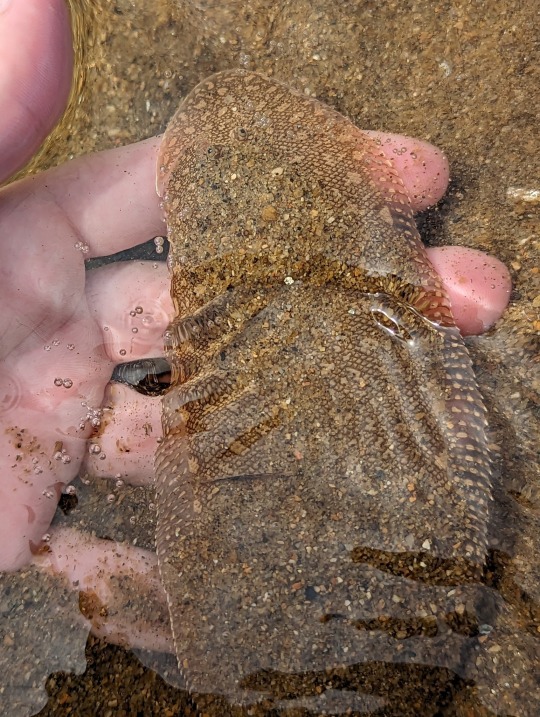


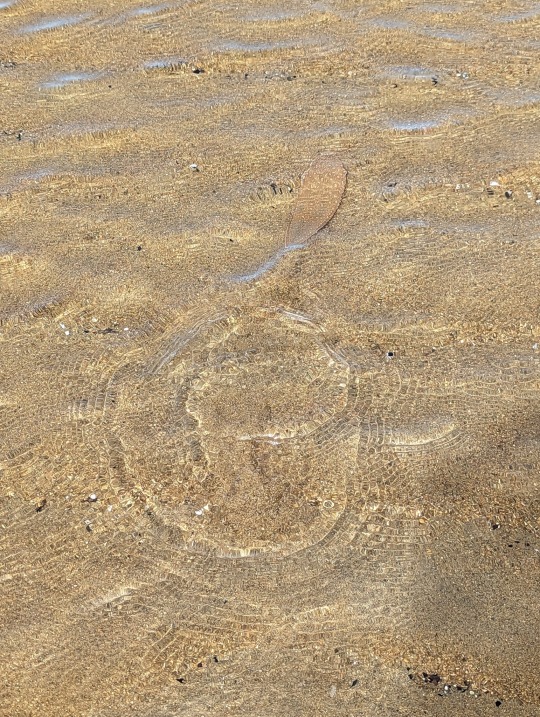
Flatfish found at low tide. Very well hidden, I only found it after I had accidentally stepped on the poor thing.
13/08/23 - Pleuronectoidei sp.
QLD:WET - Flying Fish Point, low tide sandy bay
#Pleuronectoidei#Flatfishes#Carangiformes#Actinopterygii#Ray-finned Fishes#Vertebrata#Vertebrates#Chordata#Chordates#fish#fishblr
52 notes
·
View notes
Text

Had the sudden urge to do a quick digital colouring of this
#art#my art#digital art#traditional art#pencil drawings#mixed media#wildlife art#fishblr#fish#ray-finned fish#atlantic sturgeon#acipenser oxyrinchus
18 notes
·
View notes
Text







Esra\ Pancake!! expert gremlin gamer
She rents room from banan eel guy her money comes from grinding skins for other ppl in mmo. When it isn't grinding \still grinds on the phone\ she goes out to eat AND EAT A LOT OH BOY. Nearest non lactose caffe owners scared shitlles of friday evening cuz she eats thru entirety of they stock \sometimes tags trench along thats @milkaide fish dude\
#oc#ray#manta ray#anthro#my art#art#esra#huge sweets enjoyer#her fin arms prett stronk#goofy silly gremlin I love heeer#fish
143 notes
·
View notes
Note
hello it is I please tell me about flatfish chromatophores -@iwannabeasixgillshark
Oh boy, so: Flatfish possess chromatophores. They are special cells that can change color. They use these to adapt their scale pattern to blend in with the substrate they're on. Amazing stuff, and really important, too. Flatfish are demersal ambush predators and prey. Hiding is essential to survival. But have you wondered how they are able to change color? Is is a conscious or unconscious process? How do all of those cells coordinate? I may have some answers!
I dug into a research paper by Derek Burton [1] which examined the physiological mechanisms of flatfish chromatophores in great detail. It is the source of all I'm about to share.
Let's begin with taxonomy! What is a flatfish? A flatfish is a teleost in the order of Pleuronectiformes. They are characterized by their asymmetrical body plan as adults, where one eye migrates to the other side of the head during metamorphosis. They lie flat on the sea floor. The blind side is characteristically a pale white, whereas the dominant side is covered with color-changing scales. The dorsal and anal fins run the length of the body on the dorsal and ventral sides. The fins have highly articulate spines that allow them to prop themselves up, crawl, and through substrate over themselves and become buried.
That's neat! Now, not all chromatophores are alike. Some are responsible for specific pigments and colors, some react to neurotransmitters more than the other. So how many types are there on a flatfish? Five! There are epidermal melanophores, dermal melanophores, xanthophores, iridiphores, and erythrophores. Clusters of these different cells are present in different proportions on a flatfish's body, and give each one a distinct base pattern; between species, and between individuals. Here's what these grouping look like:
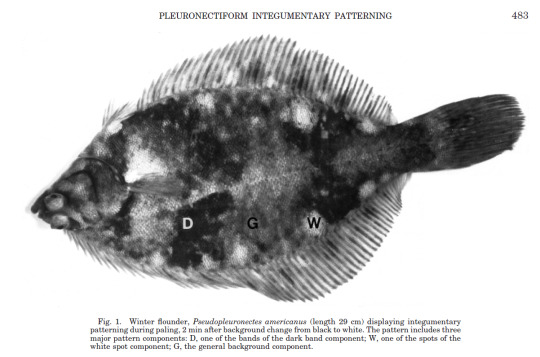
And here are the proportions of cells that make up all of these distinct clusters:

The cell type that stands out the most in this graph is the great concentration of iridiphores in the white spots. As a matter of fact, the blind side of a flatfish is mostly made up of iridiphores! Why are they so bright? Well, these cells contain elongate crystals of guanin; a copper-gold allow. Shiny! These crystals can become covered by melanosomes in order to reduce their prominence. Notice how the density of iridiphores decreases from white to dark.
Iridiphores are relatively inflexible when it comes to color change. But there are other cells that can take up that mantle: those present in the general scaling.
Before I start talking about hormones and neurotransmitters, I'd like to mention that flatfish are not the only fish who possess chromatophores. Salmon and tilapia possess these cells, as well as others. Control of their pigment is largely hormonal, though. Given the importance of a flatfish's camouflage, they have adapted greater control over their colorful dermal cells. Their changes have some hormonal factor, but it is largely neurons that manage this complex active camo system.
I spent hours making this schematic specifically for this purpose, so behold:
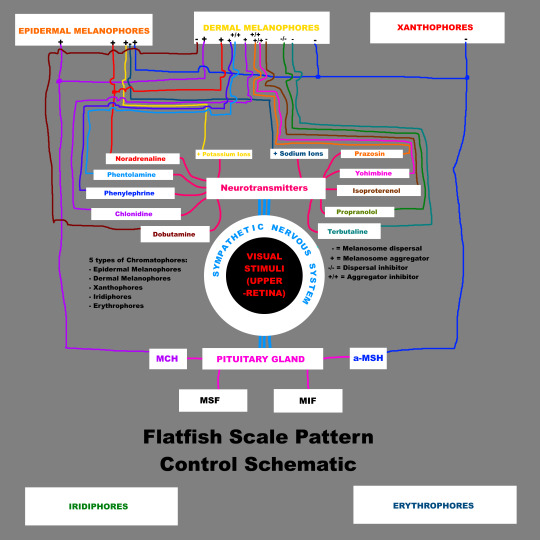
It's a lot to take in. It was a lot to sort. I had to make a truth table of cells and stimuli, and sort out which effect one had on the other. This is not entirely comprehensive, either! Depending on which group these cells are in, they react more quickly or more slowly to these stimuli. For example: Melanosome concentration in melanophores in the dark band group reacted quickly when the background the flatfish was on changed from white to black. White-spot melanophores respond more rapidly to noradrenaline than dark band melanophores. If you wanna know how each cell responds to each stimuli, check out the paper!
Following my colorful graphic, we can see that the chain begins with visual stimuli. A flatfish settles in a new area of sea floor. The sun is rising and the colors of the substrate become more visible. This signal is processed by the autonomic nervous system, specifically the sympathetic nervous system. Unconsciously, in the background, the work of adapting the scale's color and pigment starts. Melanin hormones are released from the pituitary gland as necessary to achieve the desired change, and neurotransmitter are released such that the right scales become the right hue and brightness. This could take dozens of minutes or hours, but it happens. The flatfish is now well adapted to its new environment.
If that isn't the most fascinating thing to you, I don't know what else to tell ya! There many more questions to be answered, and this is just a simplified overview of the general physiology at play. In my future research, I will set out to determine which substrate colors and patterns are imitated by flatfish by using complex images featuring various shapes and colors.
[1] DEREK BURTON, 2002; The Physiology of Flatfish Chromatophores
#pleuronectiformes#teleost#bony fish#ray finned fish#flatfish#turbot#plaice#halibut#sole#flounder#dab#sanddab#marine biology#chromatophores#physiology
18 notes
·
View notes
Text
cant upset conservatives with a transition timeline as i've yet to transition but i've got the next best thing: evolutionary timeline
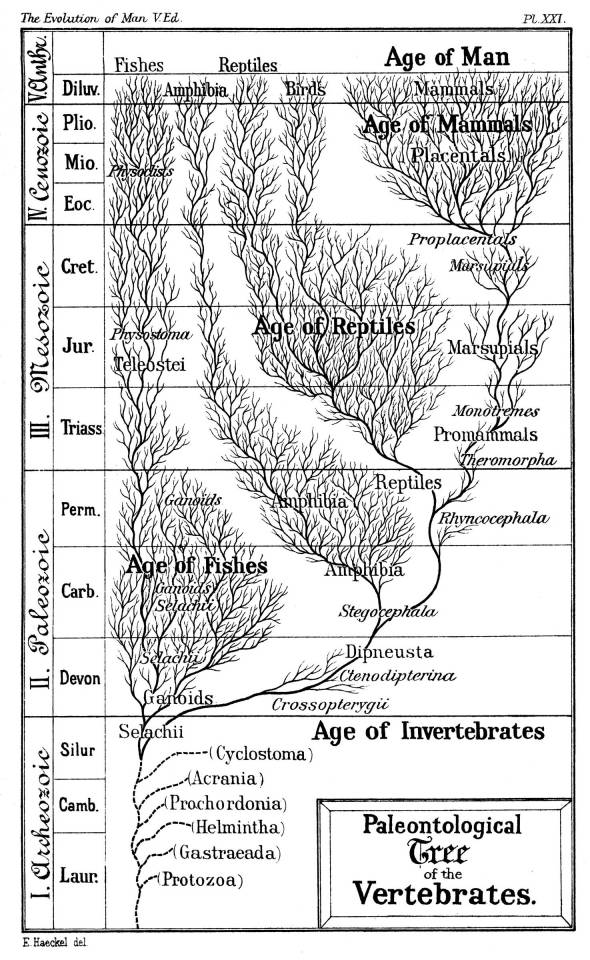
#quick question why is the fish tree so narrow?#according to wiki there are about 6400 species of mammals#and just counting ray finned fish there are 32000!#wiki says over 38k tetrapods in whole (this includes all of us that came “from” fish but we're still fish of course)#(by that i mean everything you see above. mammals amphibians reptiles which includes birds)#over 50% of vertebrates are ray finned fish so that should be like half the top part of the image#1879 so kinda out of date LMAO
3 notes
·
View notes